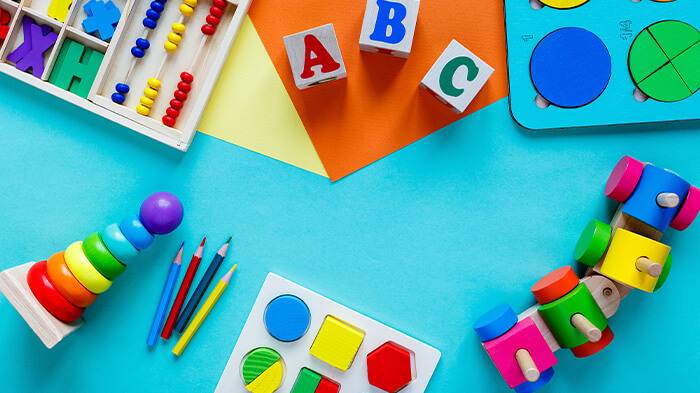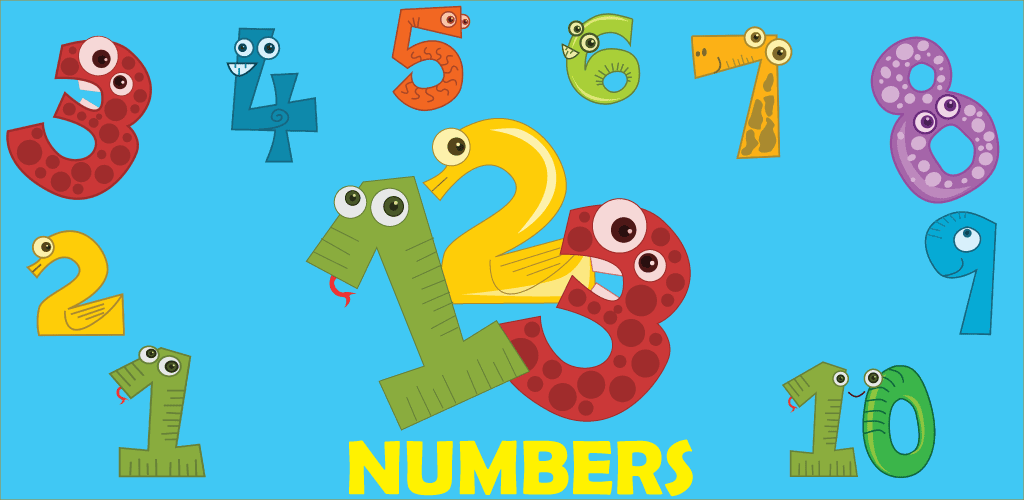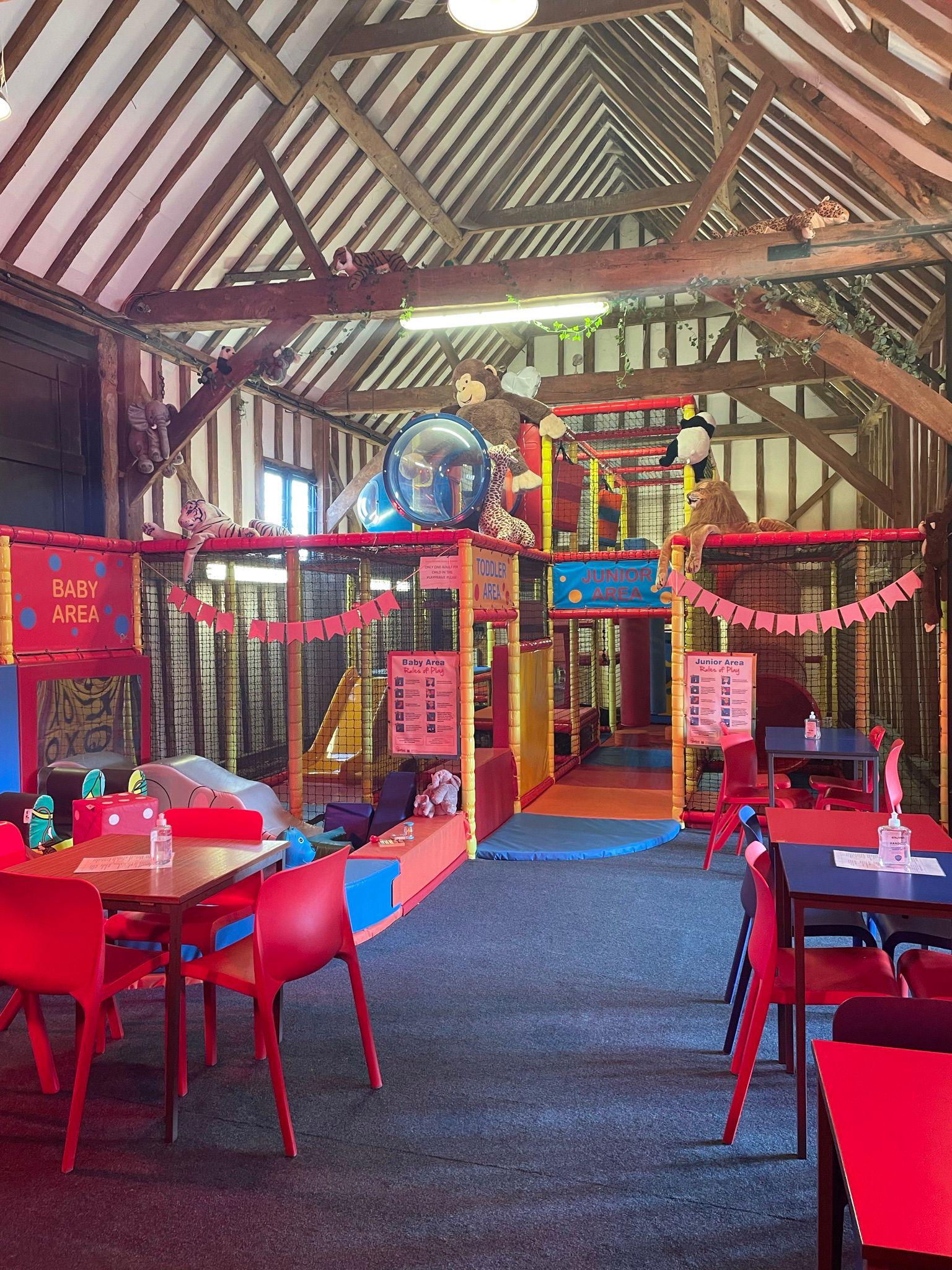Hello, marvellous parents and guardians! You’ve embarked on a wondrous journey of teaching at home, focusing on literacy and numeracy. Fear not! We’ll guide you through every twist and turn, ensuring your young one becomes a master of words and numbers in no time.
Building the Basics: The Importance of Teaching at Home
- Why Start Early? Teaching at home during these foundational years isn’t just beneficial—it’s transformational. Engaging with literacy and numeracy early paves the way for lifelong learning, ensuring children are equipped for future challenges.
- Home, The Perfect Learning Environment The comfort of a home provides a nurturing environment, ideal for fostering a love for reading and counting. Kids often feel more at ease, and teaching at home becomes a seamless integration of learning and play.
- You, The Guiding Star, Remember you’re not just an educator when teaching at home. You’re a guiding star, a beacon of encouragement, propelling your child towards endless possibilities.
Lettered Dreams: Initiating Literacy Teaching at Home
- Fun with Phonics Dive into the world of sounds! Teaching at home becomes entertaining when introducing phonics through songs, rhymes, and playful activities. Transform your living room into a symphony of letters and sounds.
- Story Time Wonders Reading stories aloud is a fundamental step in literacy when teaching at home. Choose vibrant, imaginative tales and explore them together, pausing to discuss and encourage questions.
- Interactive Writing: Provide them chalkboards, magnetic letters, or even sand trays. Let them form letters and words, making teaching at home interactive and hands-on.
Counting Stars: The Basics of Numeracy Teaching at Home
- Visual Aids Galore Children are visual learners. Integrate toys, beads, or even delicious snacks as counting tools when teaching at home. This not only makes math engaging but also delightfully fun.
- Number Stories and Rhymes Incorporate stories or rhymes that involve counting. Such methods bridge the gap between literacy and numeracy, showcasing how teaching at home can be holistic.
- Outdoor Math Adventures Teaching at home doesn’t mean staying indoors. Go outside, and count the birds, flowers, or even the clouds. Let nature be your math workbook.
Daily Routines: Infusing Literacy and Numeracy
- Morning Math and Reading Rituals Start the day right. Whether reading a short story during breakfast or counting cereal pieces, teaching at home can be a delightful morning routine.
- Shopping List Champions Let your child help with the shopping list. This exercise sharpens their literacy and numeracy skills, proving that teaching at home extends to everyday tasks.
- Bedtime Story Mathematics End the day with a story that involves numbers. Teaching at home becomes a comforting nighttime routine that they eagerly anticipate.
Teaching at Home: Creative Resources and Tools
- Apps and Online Platforms The digital world offers countless resources. Opt for apps focused on phonics, reading, or basic math. They enhance teaching at home, blending learning with fun.
- Board Games Bonanza Games like Scrabble or Monopoly are entertaining and educational. They’re essential tools for teaching both literacy and numeracy at home.
- DIY Literacy and Math Kits Craft your own teaching kits using household items. Teaching at home becomes personal and innovative with these DIY tools.
Challenges in Teaching at Home and Overcoming Them
- Staying Motivated Every journey has its bumps. If motivation wanes, take a break. Remember, teaching at home should be joyous. Make learning fun, and enthusiasm will return.
- Age-appropriate Activities Tailor activities according to age. Understand that teaching at home is a paced journey; there’s no need to rush.
- Handling Frustration If a concept seems tricky, approach it differently. The beauty of teaching at home lies in its flexibility. Adapt and evolve your methods.
Parental Prep: Equipping Yourself for Teaching at Home
- Educate Yourself. Before diving into teaching at home, familiarize yourself with basic literacy and numeracy concepts. Knowledge empowers and prepares you for the journey.
- Stay Updated Keeping up with the latest teaching techniques is crucial in today’s ever-evolving education landscape, especially when it comes to homeschooling your child. Make sure your child receives the best education possible by staying informed and up-to-date.
- Join Online Communities Connect with other parents. Share experiences, tips, and challenges. Teaching at home becomes a shared journey of growth and discovery.
Measuring Progress in Your Teaching at Home Journey
- Celebrate Small Wins Every word read and number understood is a milestone. Celebrate these achievements. Remember, teaching at home is about progress, not perfection.
- Maintain a Progress Journal Document your journey of teaching at home. Note challenges, improvements, and magical moments. It’s not just a record but a treasure of memories.
- Feedback and Adaptation Seek input from your child. Understand their needs and adapt your teaching-at-home methods accordingly.
The Joyful Legacy of Teaching at Home
Embarking on the journey of teaching literacy and numeracy at home is like painting a masterpiece. Each day, you add colours of knowledge and strokes of wisdom, creating a canvas of endless possibilities. Revel in this journey, for it’s about teaching and creating lasting bonds and memories.





